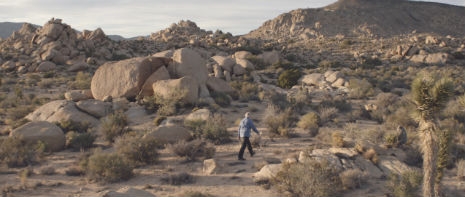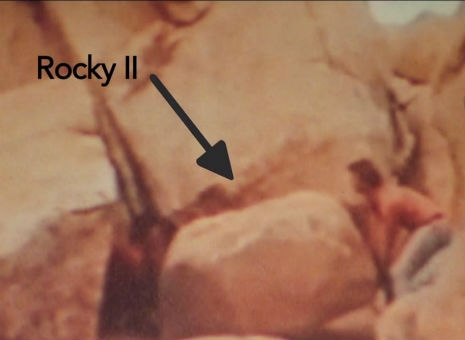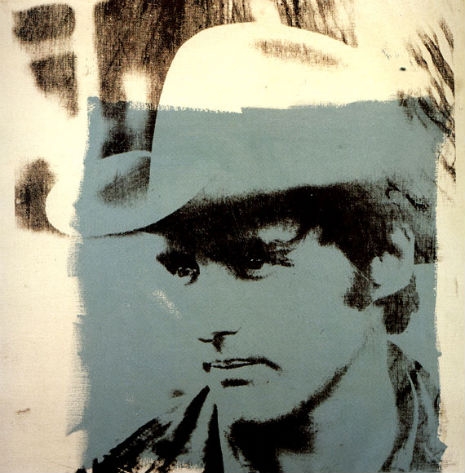What is an artwork that no one can see? That’s the question French conceptual artist Pierre Bismuth asked himself ten years ago after finding out about an obscure artwork by Ed Ruscha—a fake rock placed somewhere in the Mojave desert at the end of the seventies and apparently left there. Ruscha was filmed making and depositing the piece, named “Rocky II” (after the Sylvester Stallone movie) for a 1980 BBC documentary—the only definitive proof that it ever even existed. Bismuth was so captivated by this idea that he determined to find Rocky II, and make a documentary about his search—Bismuth describes it as a “fake fiction.”
Via The Guardian:
The closer he got to Ruscha, the more he was “met with a weird silence.” Eventually, he realised he would have to confront the artist himself. So, posing as a journalist with a camera crew in tow, he attended the press conference for the Ruscha retrospective at London’s Hayward Gallery in 2009. There he “aggressively” posed the question: “Where is Rocky number two?” Footage of Ruscha’s reaction, clearly caught off guard but amused, opens Bismuth’s film. While acknowledging the artwork’s existence, he declined to reveal its location, wishing Bismuth “good luck” in his search.

Being the man who devised the original storyline for the Michel Gondry film, Eternal Sunshine of the Spotless Mind—for which he won an Oscar for Best Original Screenplay—Bismuth didn’t go about making his film in the most straight-forward way, applying the same Möbius strip logic in his search. Bismuth hired an ex-LAPD homicide detective, turned P.I., named Michael Scott to hunt for the piece and two Hollywood screenwriters – D.V. DeVincentis (writer of cult movie Grosse Point Blank and Stephen Frears’ High Fidelity) and Anthony Peckham (Clint Eastwood’s Invictus and Guy Ritchie’s Sherlock Holmes) – to write a short film about the rock. The idea being, Bismuth says, that both are essentially engaged in the same process:
“The private investigator, in order to find the truth, will develop some crazy theories that turn out to be, in the end, totally fictional. And the screenwriter, in order to create fiction, has to start from real fact. I thought it was interesting the way they go in opposite directions and probably cross in the middle.”
Although 90% complete, the project has launched a crowdfunding site to fund the filming of the short scripted by DeVincentis and Peckham that takes the form of an interactive treasure hunt for Rocky II.







